Safety and Health Concerns for the Users of a Playground, Built with Reused Rotor Blades from a Dismantled Wind Turbine
Abstract
1. Introduction
Background
2. Materials and Methods
2.1. Materials Applied
2.2. Inspections
2.3. Scope of This Paper
3. Results
3.1. Health Risks for Users Related to Glass Fibres
3.1.1. Site Visits
3.1.2. Safety Concerns
3.2. Health Risks Related to the Coating and Epoxy Resin
3.2.1. Site Visits
3.2.2. Safety Concerns
4. Conclusions
Author Contributions
Funding
Acknowledgments
Conflicts of Interest
References
- Speeltuin Wikado-Superuse Studios. Available online: https://www.superuse-studios.com/projects/wikado/ (accessed on 7 December 2019).
- NGup Environmental Services. Available online: http://www.ngup.com (accessed on 12 July 2019).
- Maropol Group in de Bagger-Offshore Industrie. Available online: http://www.maropolgroup.nl/ (accessed on 7 December 2019).
- Medici, P. Appropriate Coatings and General Solution to Improve the Human Health Safety of “Wikado” Playground; Report Commissioned by Superuse Studios in 2011; Woodguide.org: Wapenveld, The Netherlands, 2014. [Google Scholar]
- Medici, P. Human Health Risk Assessment of “Wikado” Playground; Report Commissioned by Superuse Studios in 2011; Woodguide.org: Wapenveld, The Netherlands, 2014. [Google Scholar]
- Mishnaevsky, L.; Branner, K.; Petersen, H.N.; Beauson, J.; McGugan, M.; Sørensen, B.F. Materials for Wind Turbine Blades: An Overview. Materials 2017, 10, 1285. [Google Scholar] [CrossRef] [PubMed]
- Sigma Coatings. Available online: https://www.sigma.nl/professional/home (accessed on 13 December 2019).
- Luijten VVZ. Available online: https://www.luijtenvvz.nl/home (accessed on 7 December 2019).
- Aa, V. Playground Equipment and Surfacing—Part 1: General Safety Requirements and Test Methods; Nederlands Normalisatie Instituut: Delft, The Netherlands, 2008; NEN-EN 1176-1:2008. [Google Scholar]
- European Union EN 1176 Standards for Playground Equipment and Surfacing. Available online: https://www.en-standard.eu/set-en-1176-new-all-parts-en-1177-2018-standards-for-playground/ (accessed on 7 December 2019).
- WHO. WHO Human Health Risk Assessment Toolkit: Chemical Hazards; World Health Organization, International Labour Organization; United Nations Environment Programme: Ottawa, Canada, 2010; ISBN 978-92-4-154807-6. [Google Scholar]
- Asante-Duah, K. Public Health Risk Assessment for Human Exposure to Chemicals. Springer: New York, NY, USA, 2017; ISBN 978-94-024-1039-6. [Google Scholar]
- Sigma-Aldrich Glass, Oxide, Chemicals this Category Encompasses the Various Chemical Substances Manufactured in the Production of Inorganic Glasses. SAFETY DATA SHEET according to Regulation (EC) No. 1907/2006, Version 4.0; UK.
- Sigma-Aldrich Pyrex® Fiber Glass Wool. No. 1907/2006; SAFETY DATA SHEET according to Regulation (EC) No. 1907/2006, Version 4.0; UK.
- Sertoli, A.; Francalanci, S.; Giorgini, S. Fiberglass Dermatitis. In Condensed Handbook of Occupational Dermatology; Kanerva, L., Elsner, P., Wahlberg, J.E., Maibach, H.I., Eds.; Springer: Berlin/Heidelberg, Germany, 2004; pp. 63–76. ISBN 978-3-642-18556-4. [Google Scholar]
- Kanerva, L.; Elsner, P.; Wahlberg, J.E.; Maibach, H.I. Handbook of Occupational Dermatology; Springer Science & Business Media: Berlin, Germany, 2013; ISBN 978-3-662-07677-4. [Google Scholar]
- Marsh, G.M.; Buchanich, J.M.; Youk, A.O. Fiber glass exposure and human respiratory system cancer risk: Lack of evidence persists since 2001 IARC re-evaluation. Regul. Toxicol. Pharmacol. 2011, 60, 84–92. [Google Scholar] [CrossRef] [PubMed]
- Mukhammadieva, G.F.; Karimova, L.K.; Bakirov, A.B.; Kaptsov, V.A.; Beygul, N.A.; Gimaeva, Z.F.; Mavrina, L.N. Prevention of cancer risk of workers of glass fibers manufacture. Anal. Riska Zdorovû 2016, 80–87. [Google Scholar] [CrossRef]
- Camacho, I.; Rajabi-Estarabadi, A.; Eber, A.E.; Griggs, J.W.; Margaret, S.I.; Nouri, K.; Tosti, A. Fiberglass dermatitis: Clinical presentations, prevention, and treatment—A review of literatures. Int. J. Dermatol. 2019, 58, 1107–1111. [Google Scholar] [CrossRef] [PubMed]
- Rosu, D.; Cascaval, C.; Rosu, L. Effect of UV radiation on photolysis of epoxy maleate of bisphenol A. J. Photochem. Photobiol. A Chem. 2006, 177, 218–224. [Google Scholar] [CrossRef]
- McNaught, A.D.; Wilkinson, A. Compendium of Chemical Terminology, 2nd ed.; Wiley: Oxford, UK; Malden, MA, USA, 1997; ISBN 978-0-86542-684-9. [Google Scholar][Green Version]
- Sakamoto, H.; Shoji, S.; Kaneko, H. Leaching characteristics of bisphenol A from epoxy-resin pavement materials. Toxicol. Environ. Chem. 2007, 89, 191–203. [Google Scholar] [CrossRef]
- Sigma-Aldrich Araldite® 506 Epoxy Resin. SAFETY DATA SHEET according to Regulation (EC): No. 1907/2006 Version 4.0.; UK.[Green Version]
- Sigma-Aldrich Durcupan A/M Epoxy Resin. SAFETY DATA SHEET according to Regulation (EC) No. 1907/2006 Version 4.0; UK.[Green Version]
- Mailhot, B.; Morlat-Thérias, S.; Bussière, P.-O.; Gardette, J.-L. Study of the Degradation of an Epoxy/Amine Resin, 2. Macromol. Chem. Phys. 2005, 206, 585–591. [Google Scholar] [CrossRef]
- European Union Council Directive 76/769/EEC of 27 July 1976 on the Approximation of the Laws, Regulations and Administrative Provisions of the Member States Relating to Restrictions on the Marketing and Use of Certain Dangerous Substances and Preparations. Available online: https://eur-lex.europa.eu/legal-content/en/ALL/?uri=CELEX%3A31976L0769 (accessed on 13 December 2019).[Green Version]
- European Union Council Directive 67/548/EEC of 27 June 1967 on the Approximation of Laws, Regulations and Administrative Provisions Relating to the Classification, Packaging and Labelling of Dangerous Substances. Available online: https://eur-lex.europa.eu/legal-content/EN/ALL/?uri=CELEX%3A31967L0548 (accessed on 13 December 2019).[Green Version]
- Sigma-Aldrich Bisphenol A. No. 1907/2006; SAFETY DATA SHEET according to Regulation (EC) No. 1907/2006 Version 4.0; UK.[Green Version]
- Chen, Y.; Panter, B.; Hussain, A.; Gibbs, K.; Ferreira, D.; Allard, P. BPA interferes with StAR-mediated mitochondrial cholesterol transport to induce germline dysfunctions. Reprod. Toxicol. 2019, 90, 24–32. [Google Scholar] [CrossRef] [PubMed]
- Medici, P. LCA of Wikado Playground Compared to a Standard Playground; EC/SD: Rotterdam, The Netherflands, 2011. [Google Scholar][Green Version]
- Kaiser & Kühne Katalog—Kaiser & Kühne. Available online: https://kaiser-kuehne.com/kataloge/ (accessed on 3 March 2020).[Green Version]
- Leiden University. CMCLA. Available online: http://www.cmlca.eu (accessed on 7 June 2011).[Green Version]
- PRé Sustainability. SimaPro. Available online: https://simapro.com (accessed on 1 June 2011).[Green Version]

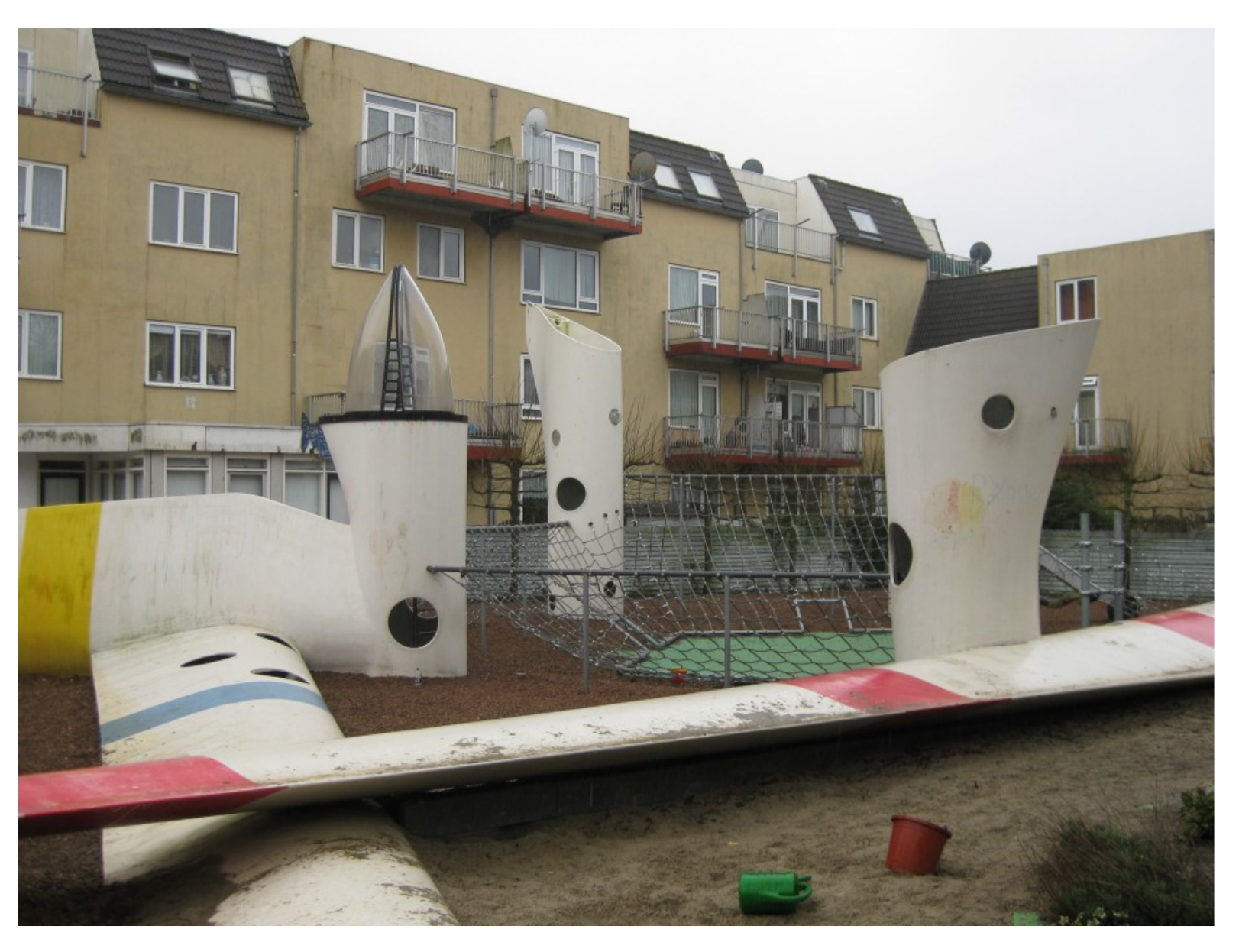
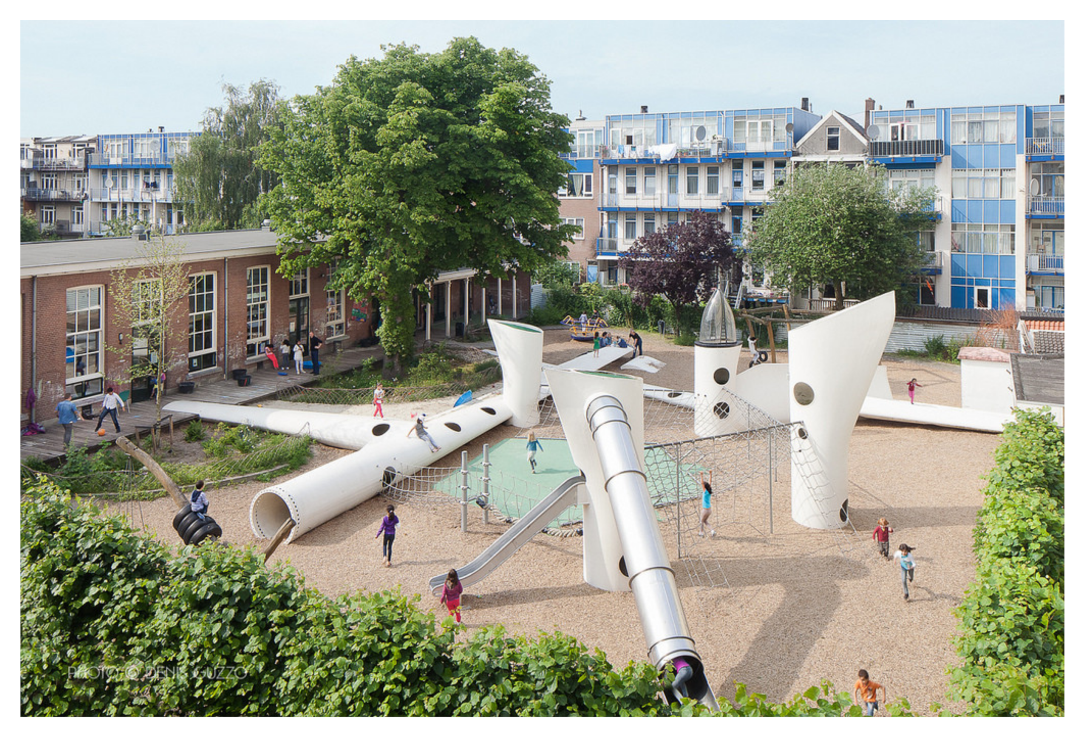
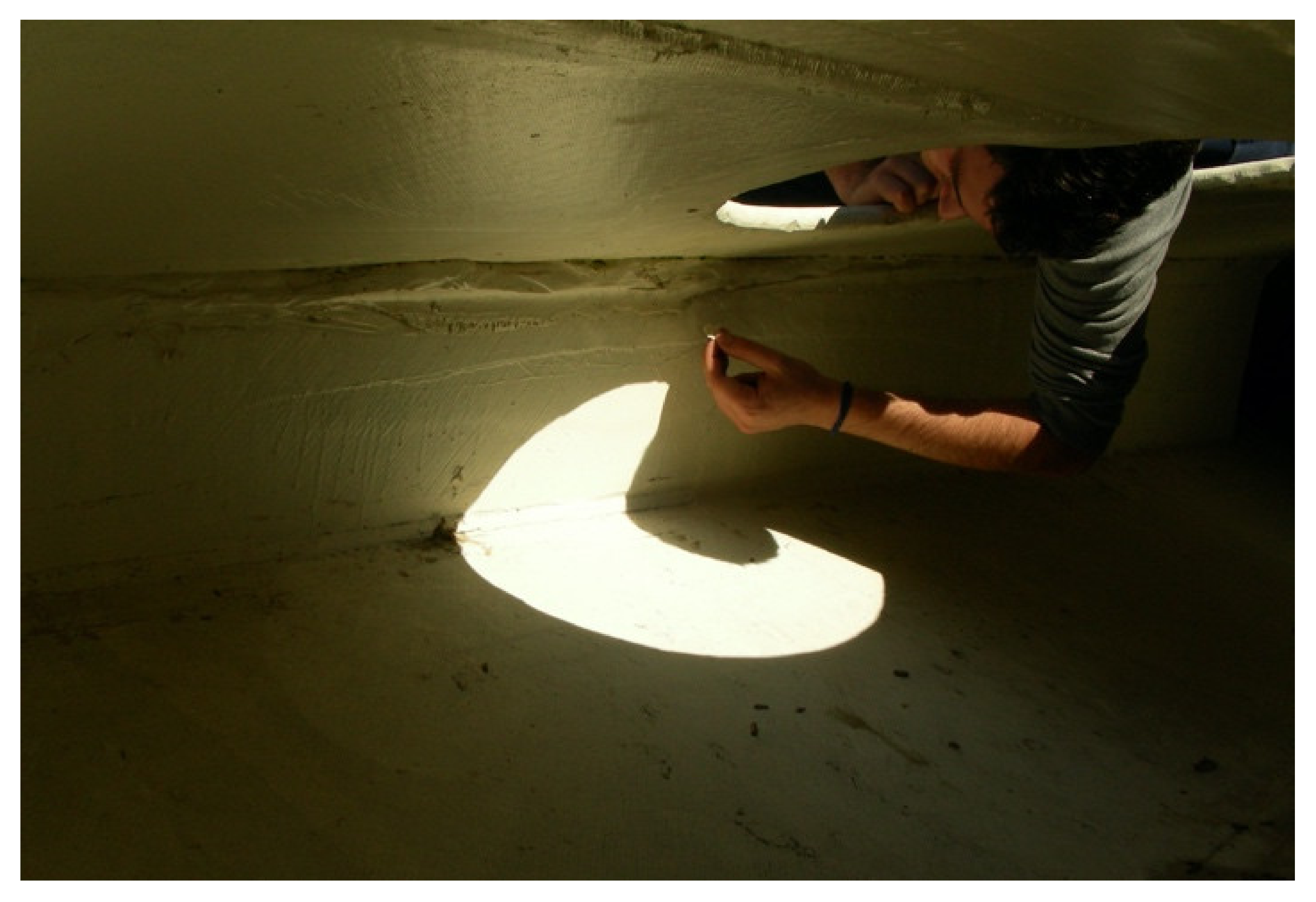
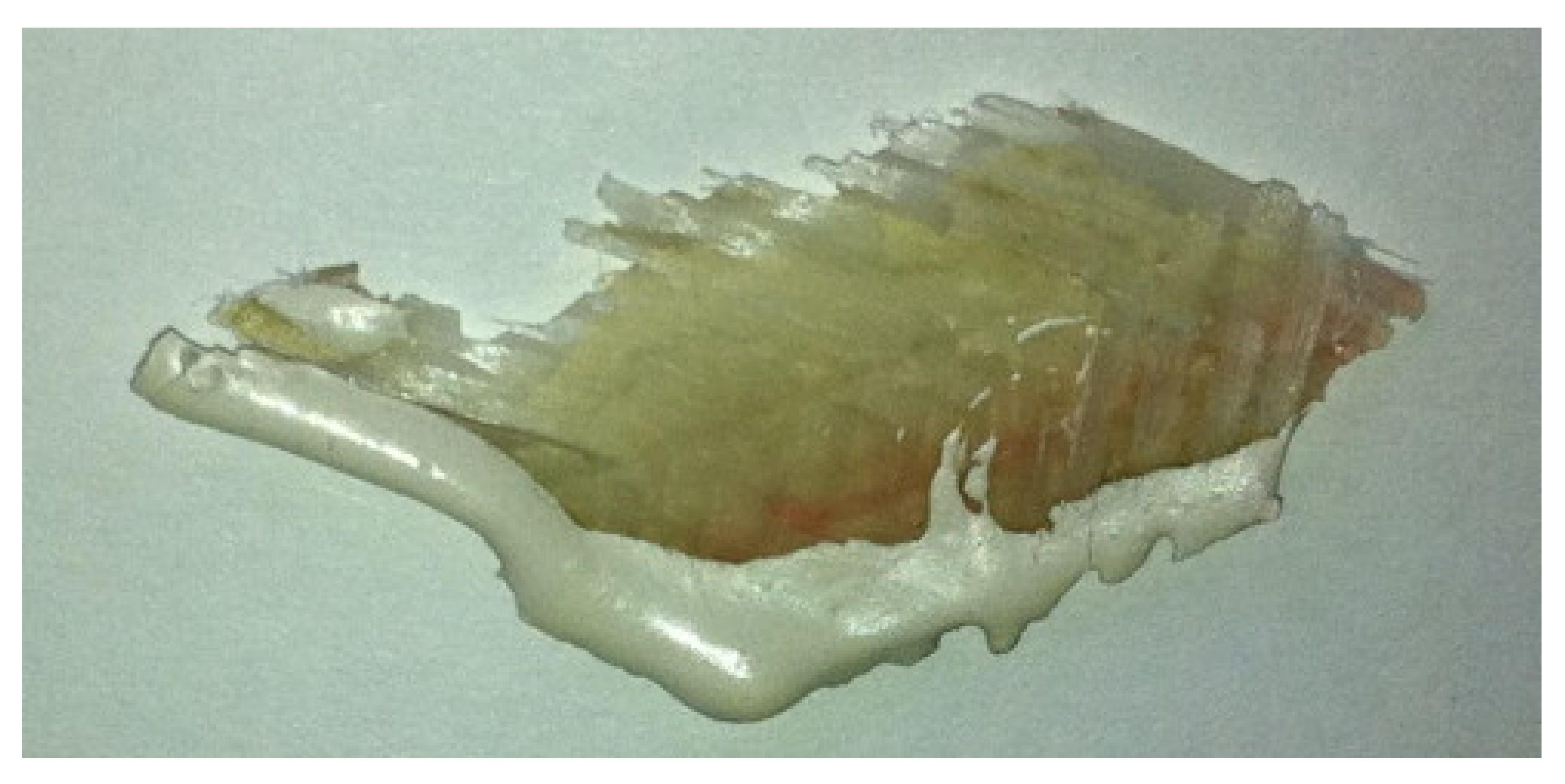
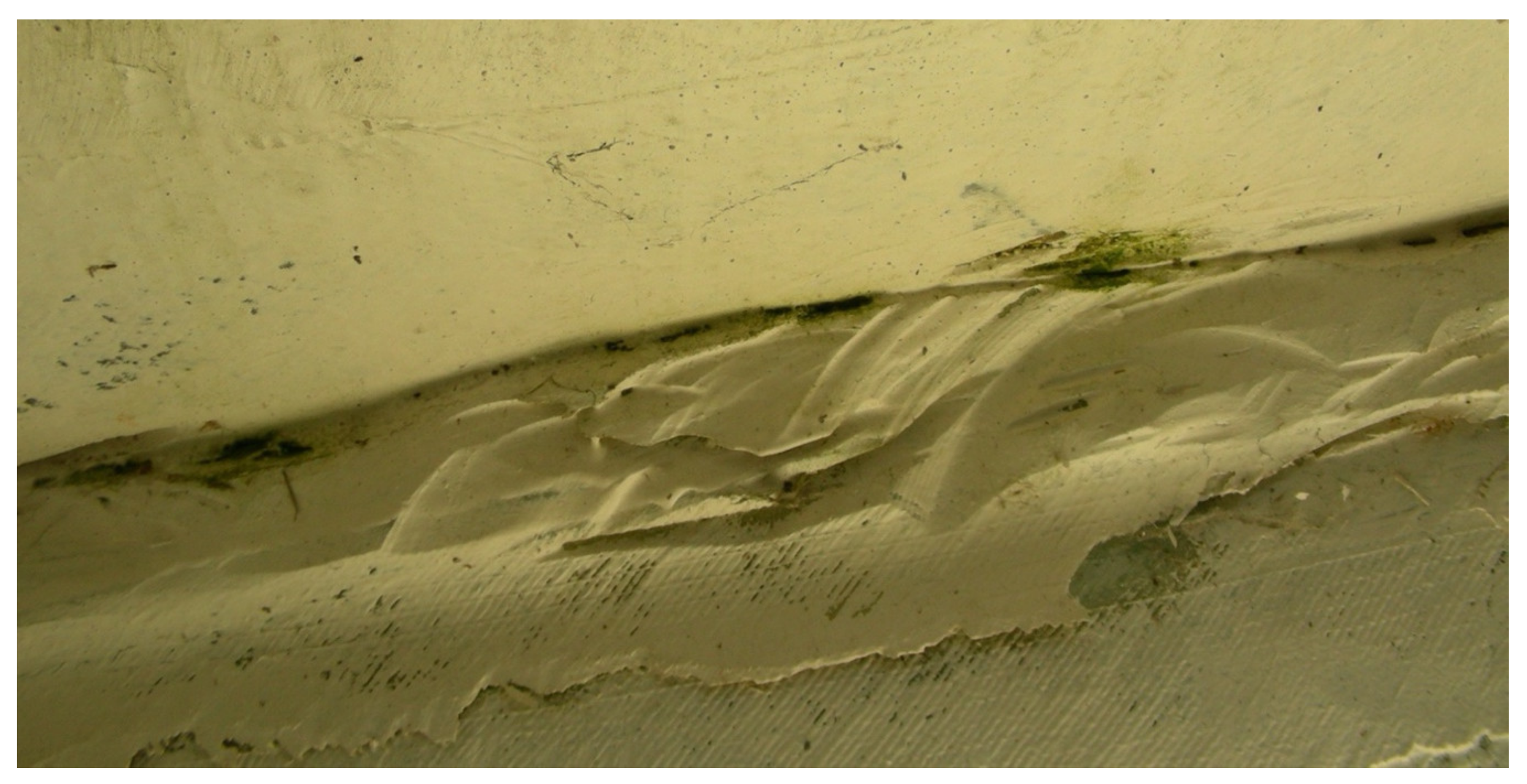

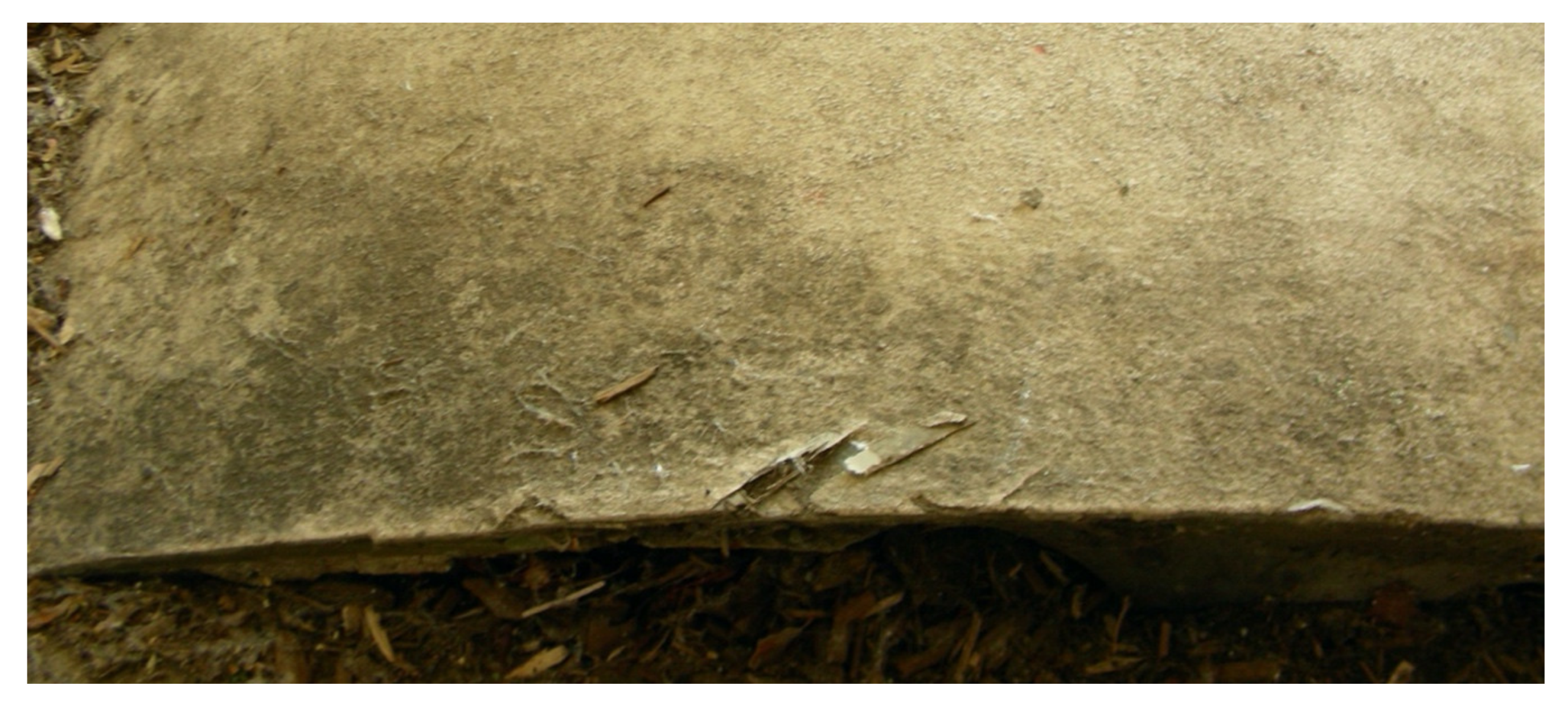
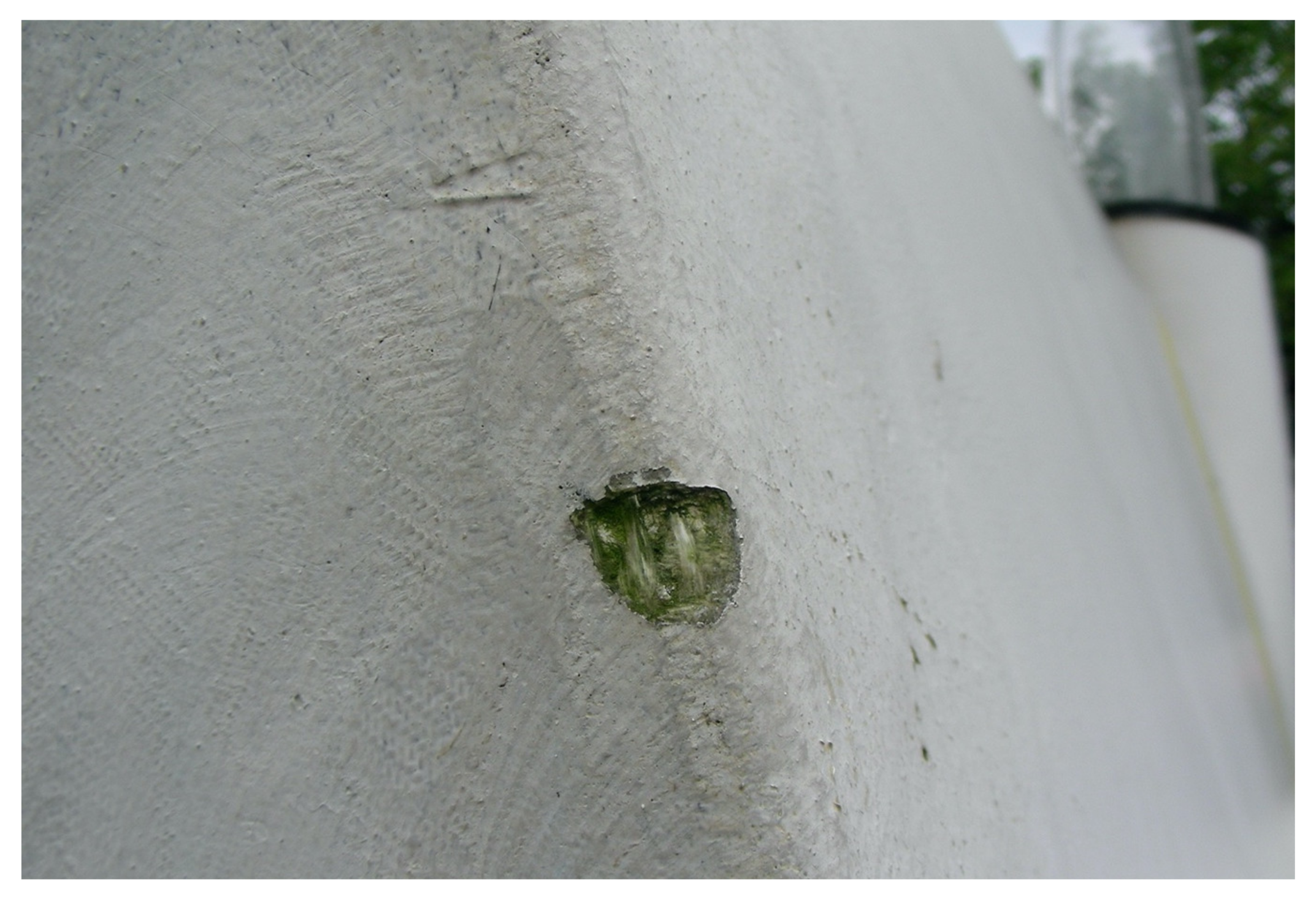
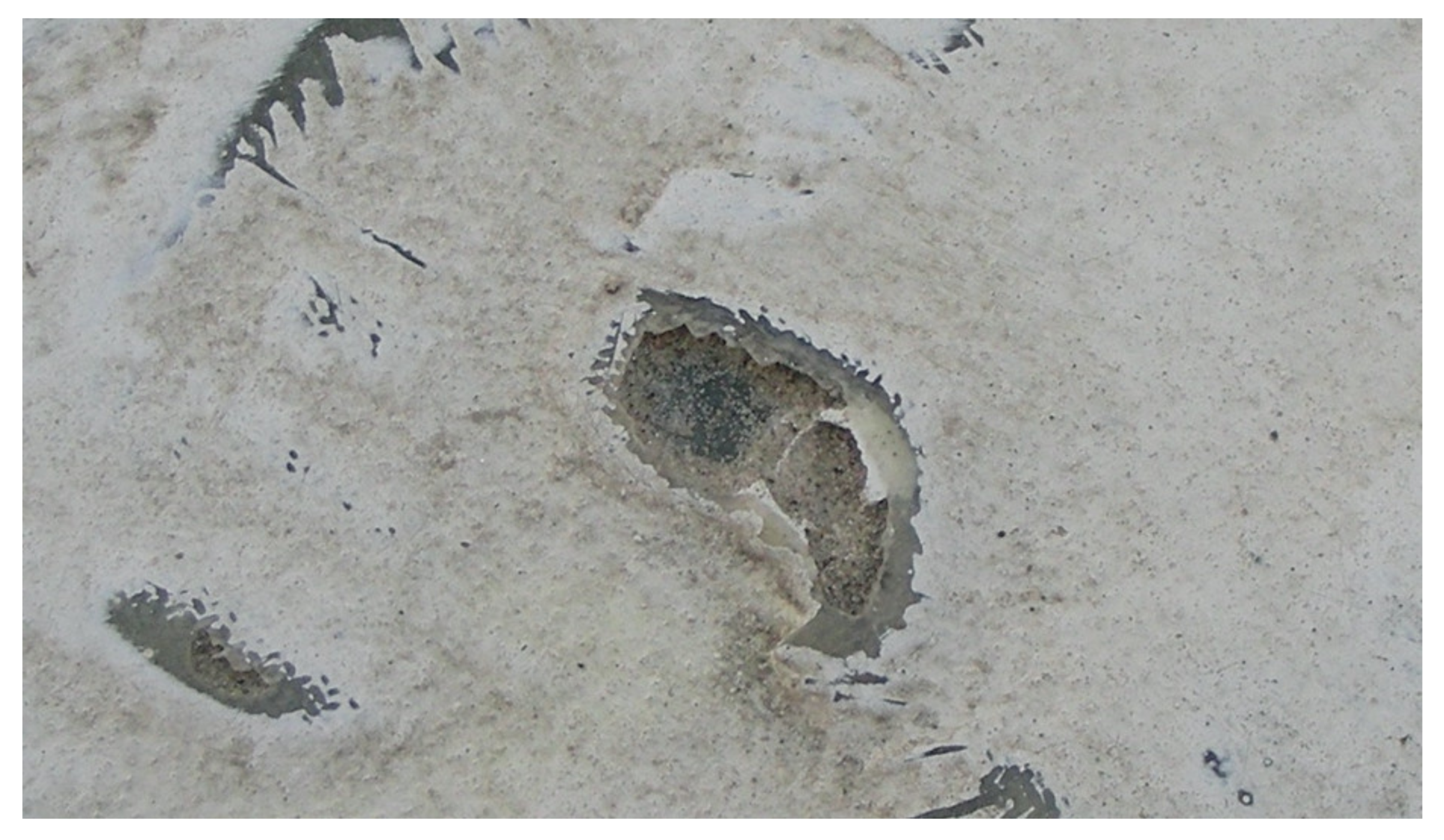
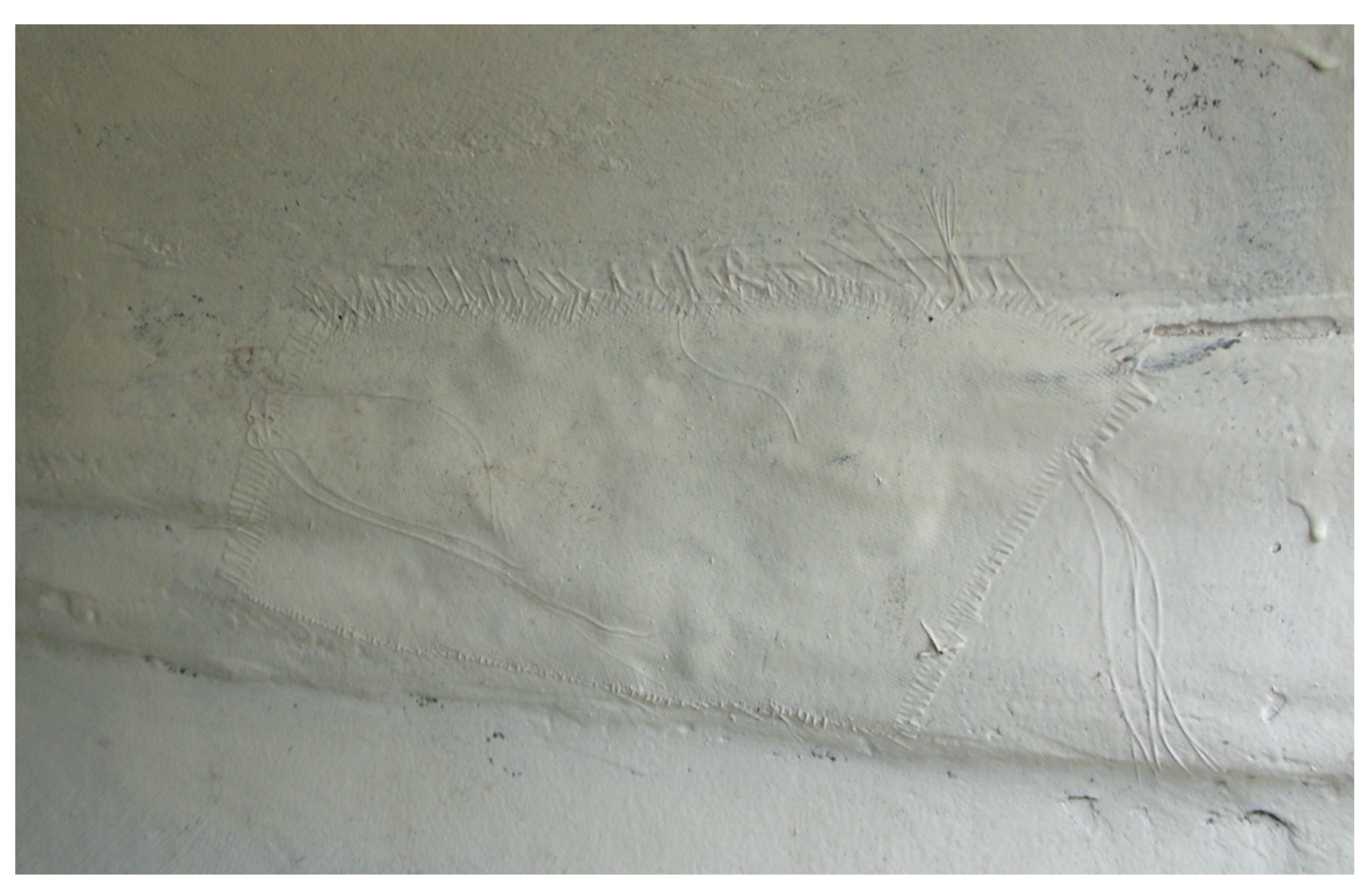
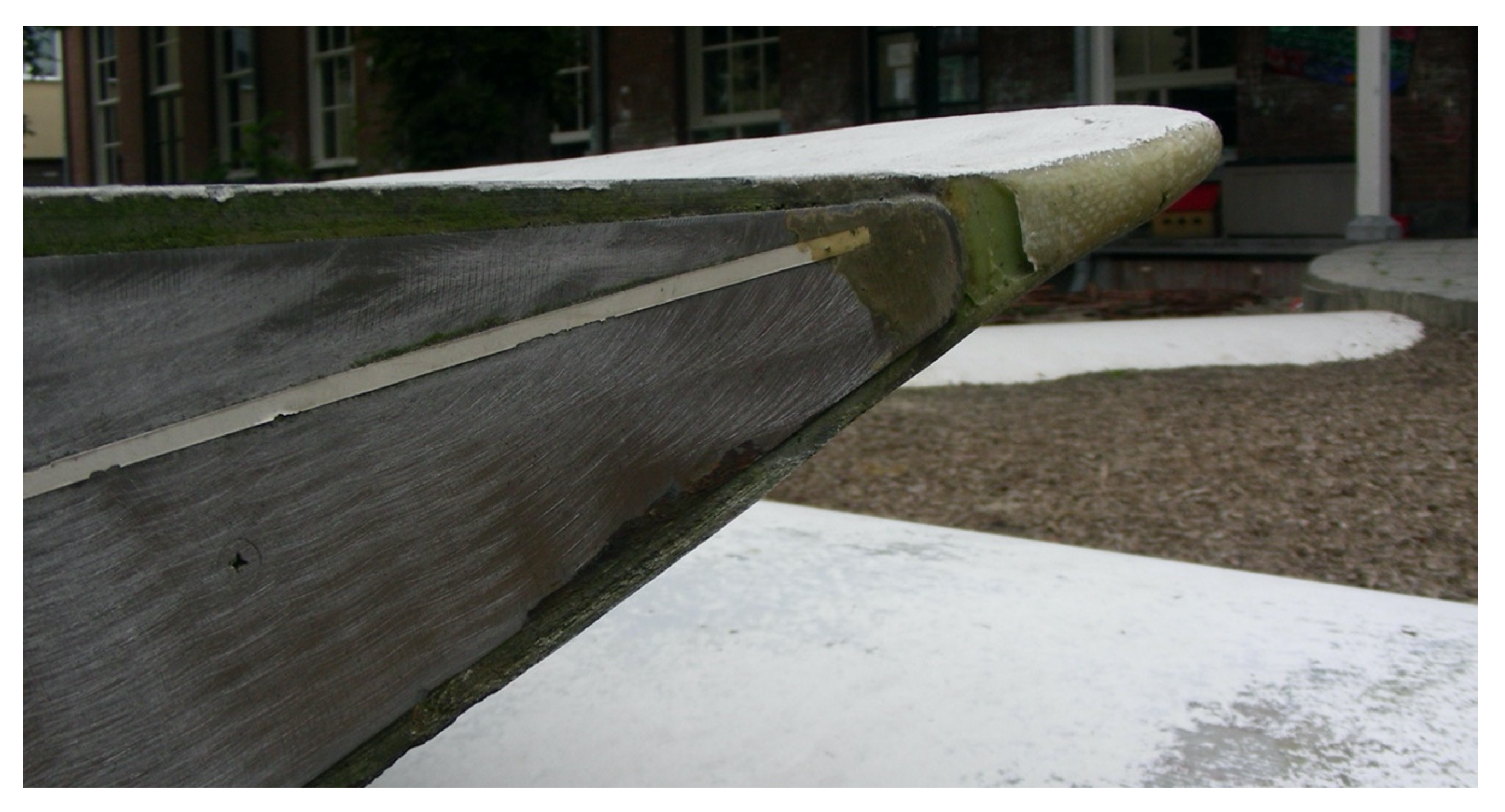

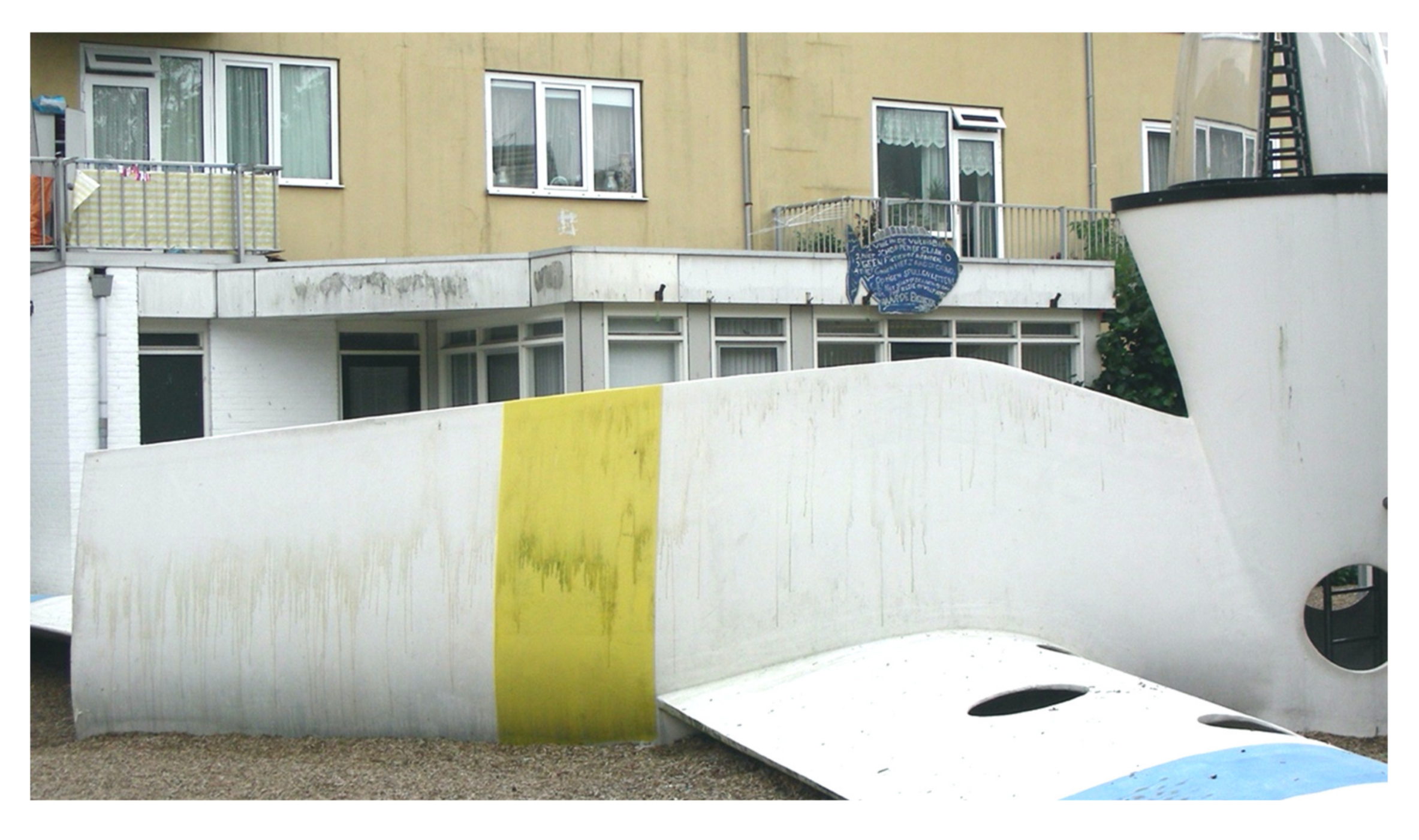
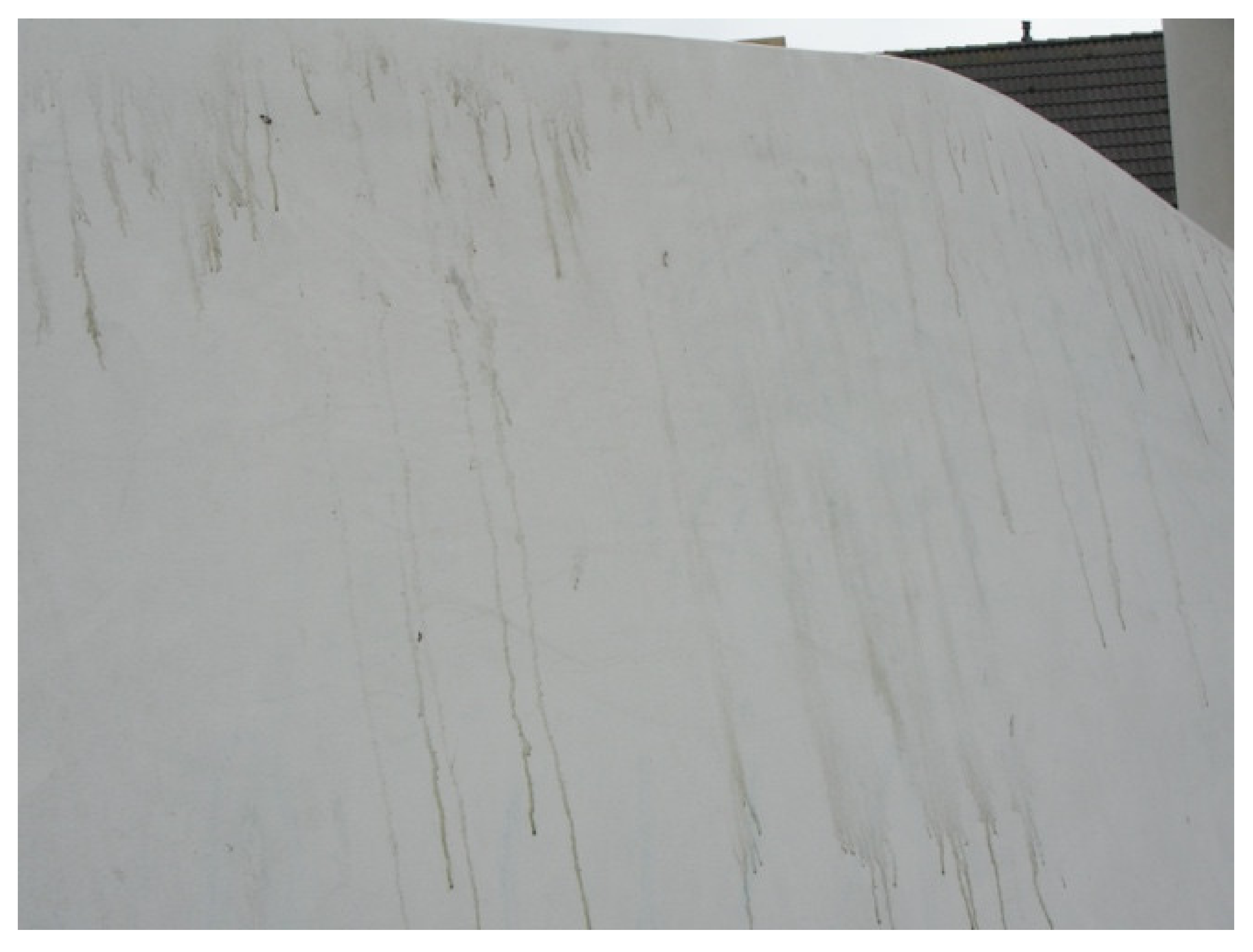
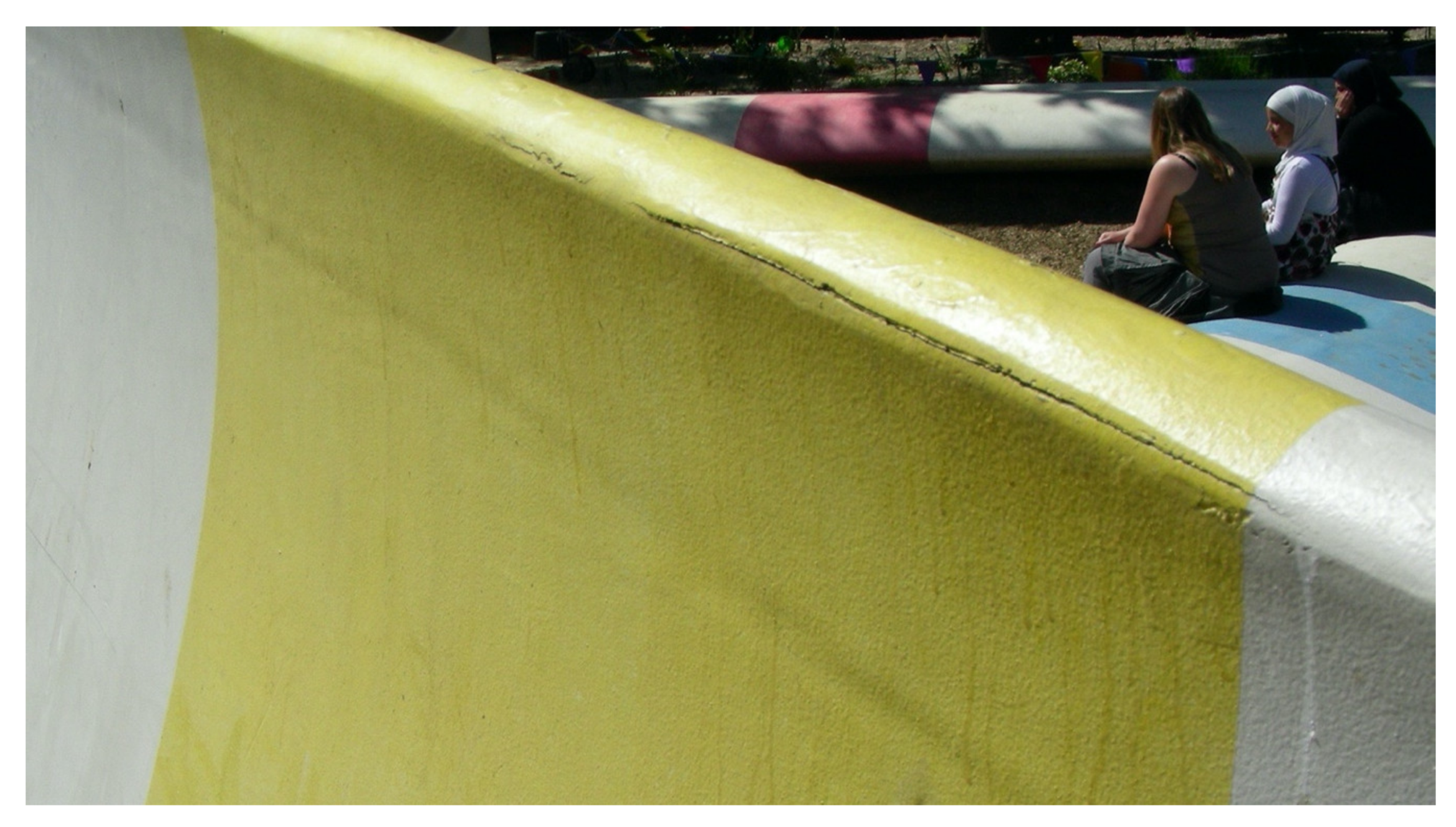
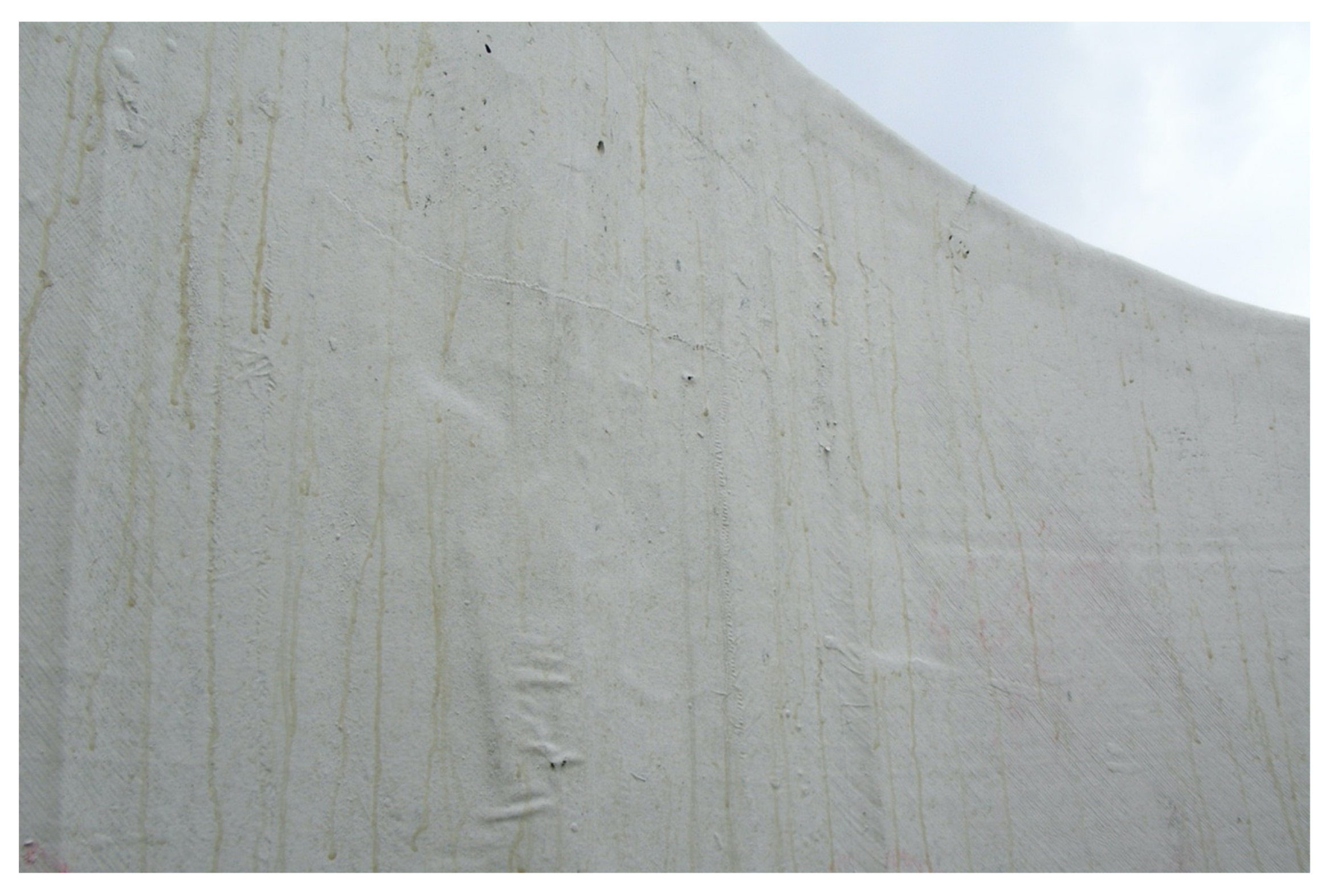
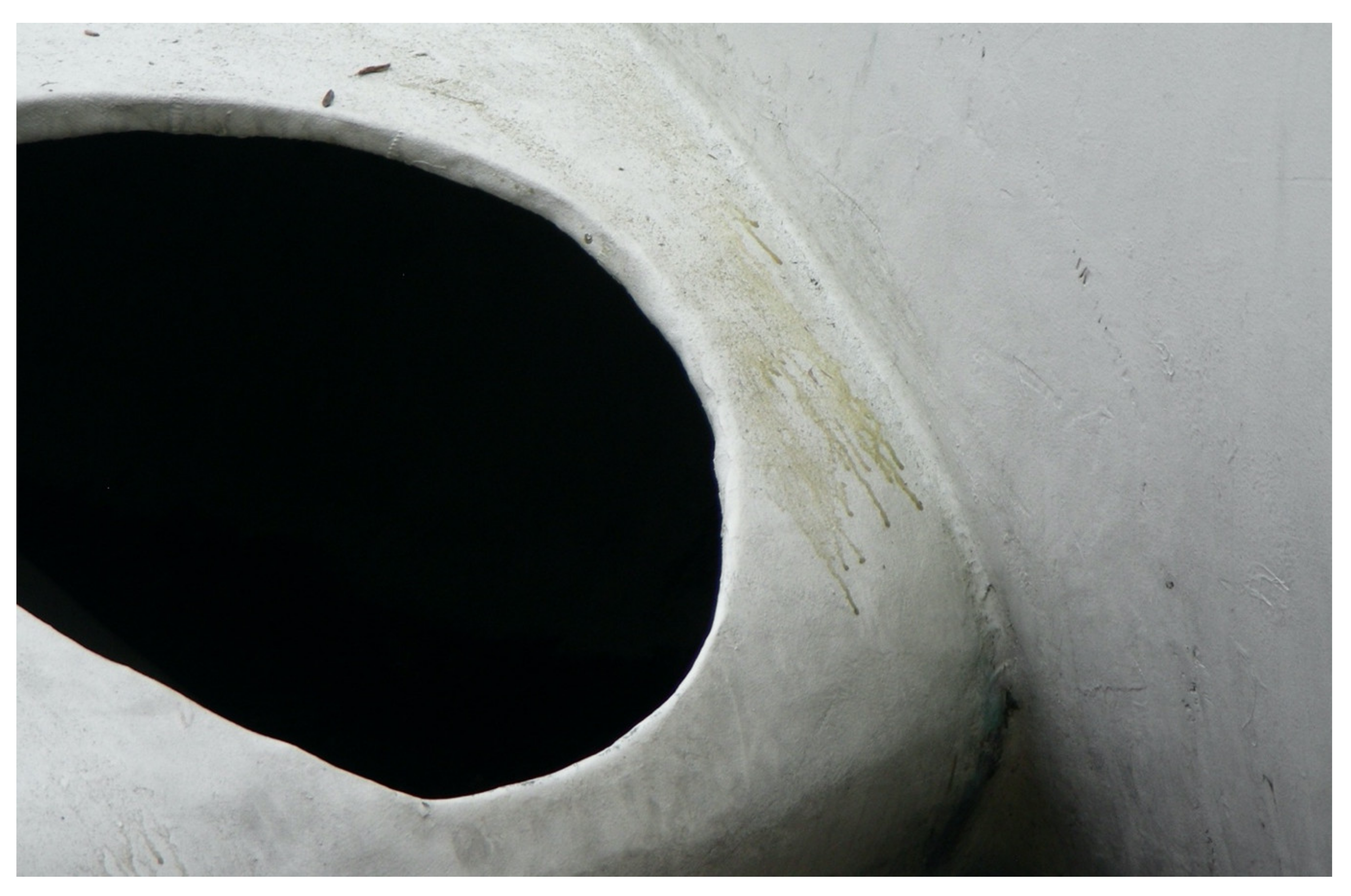
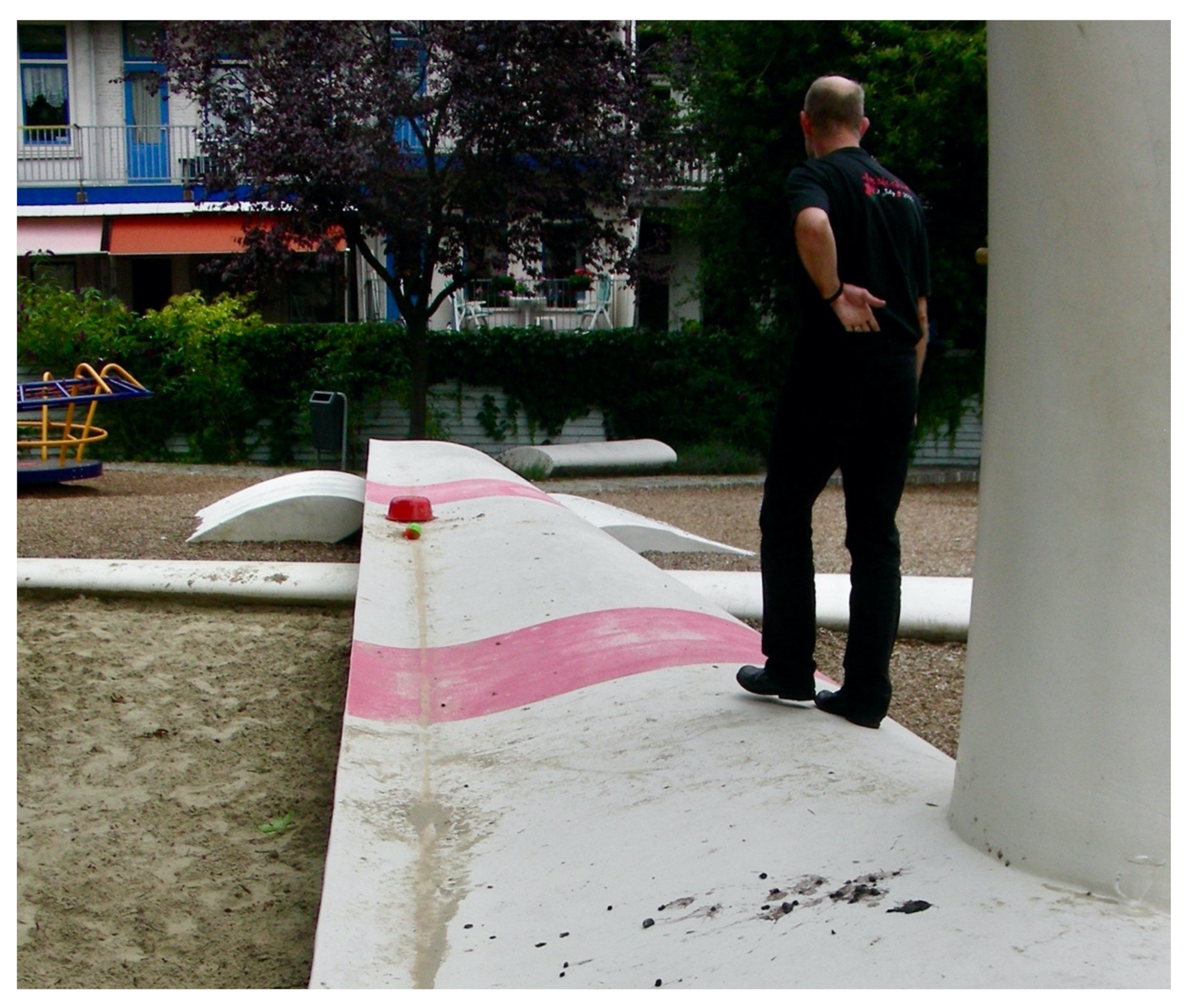
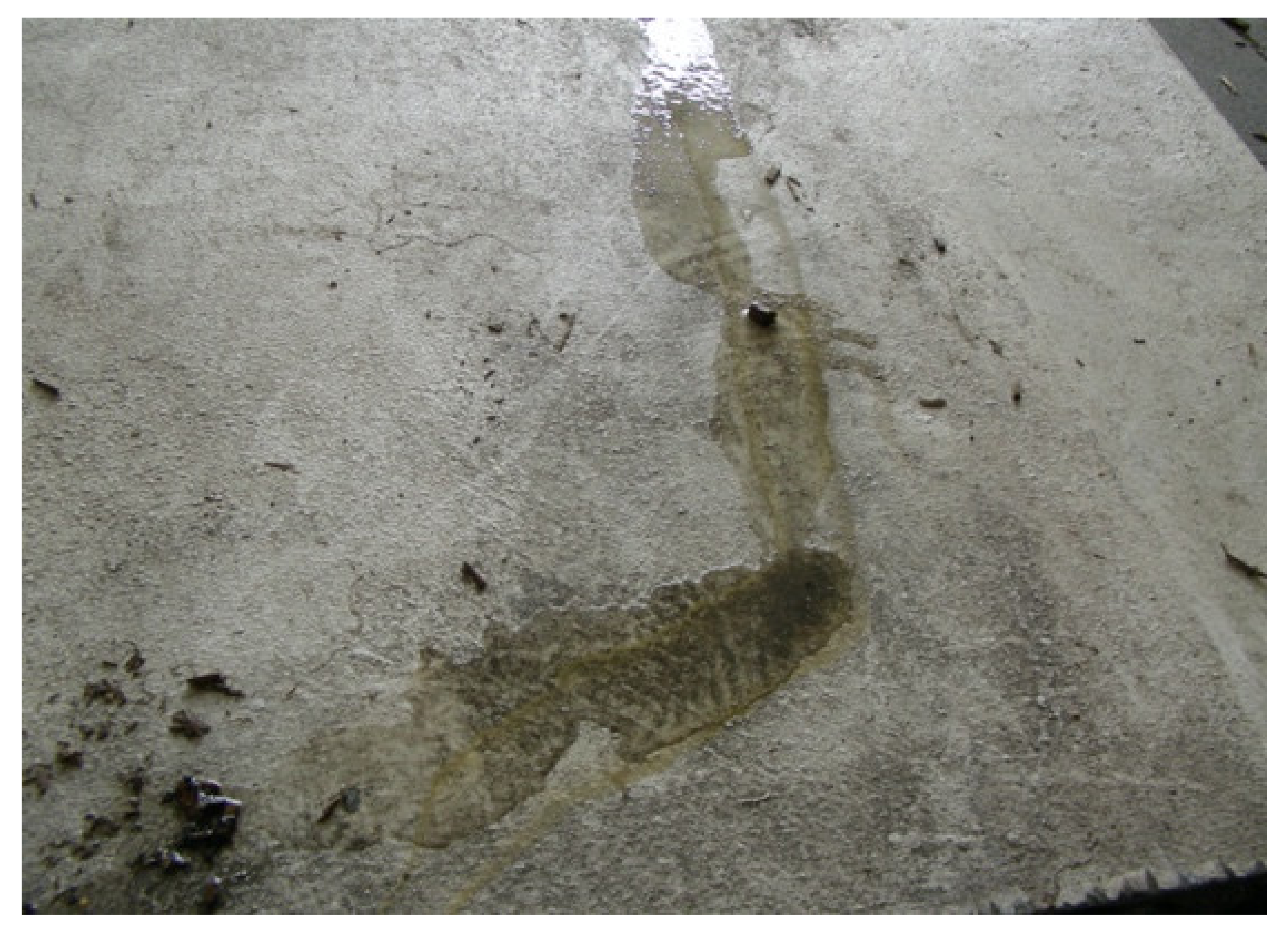

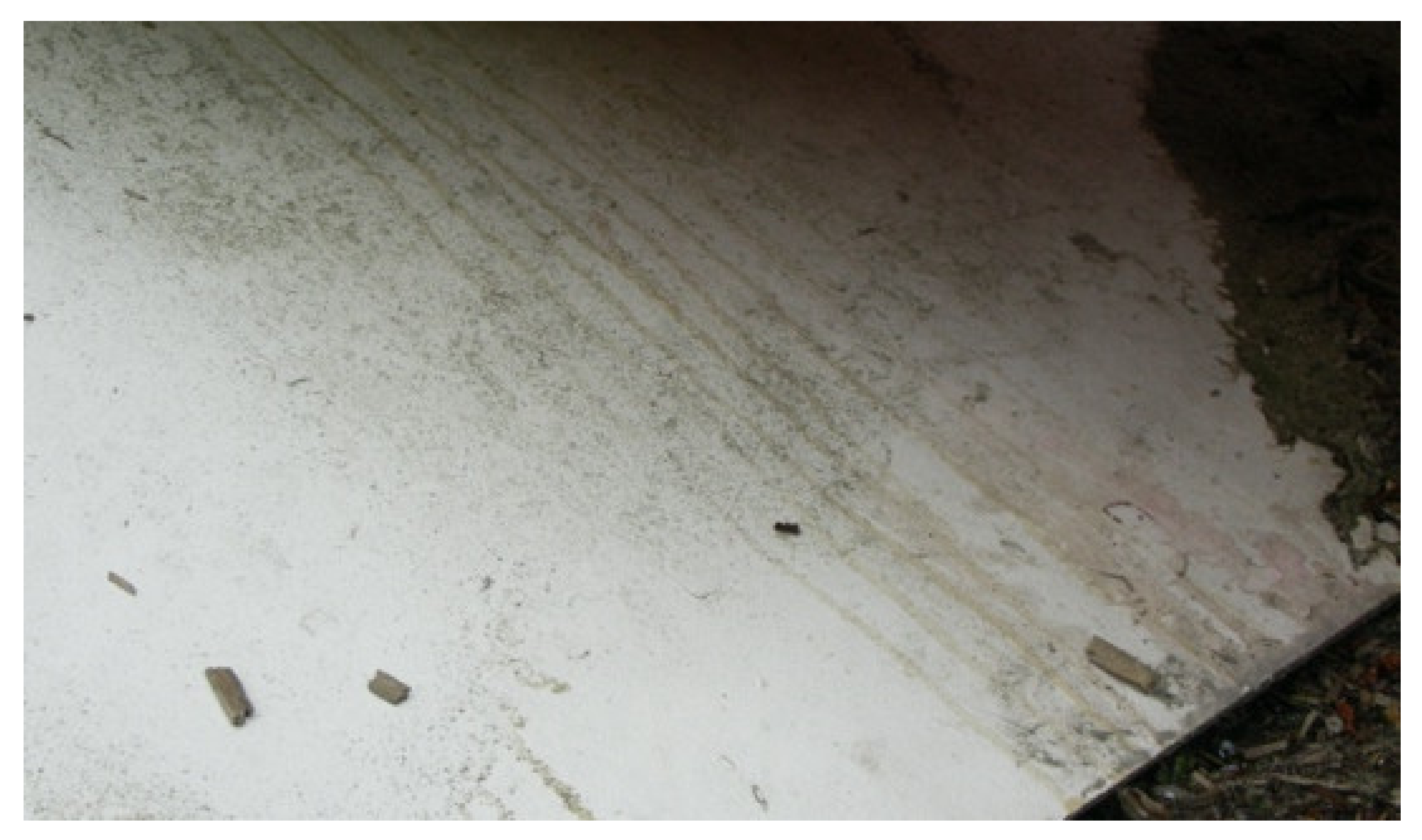
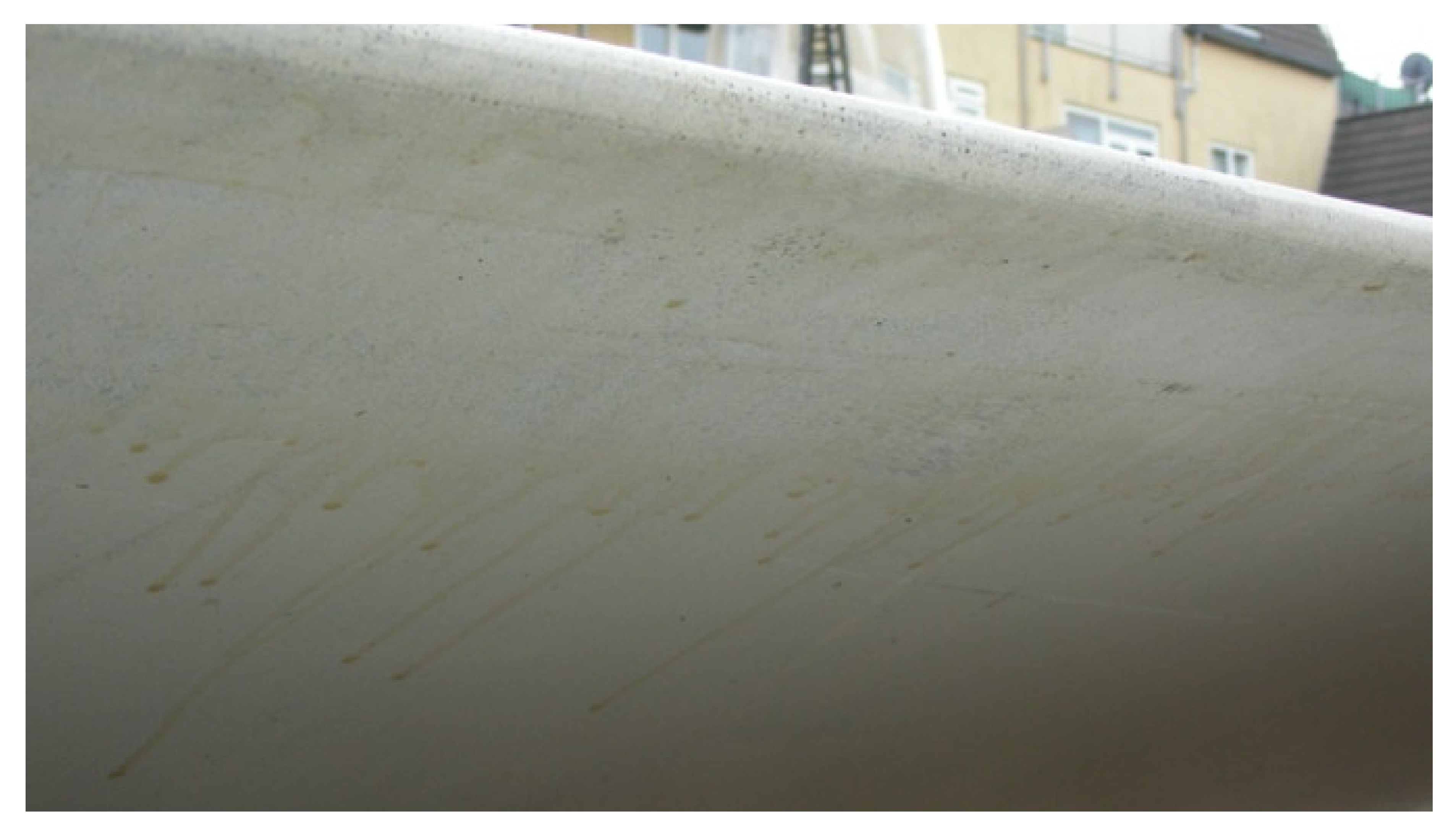
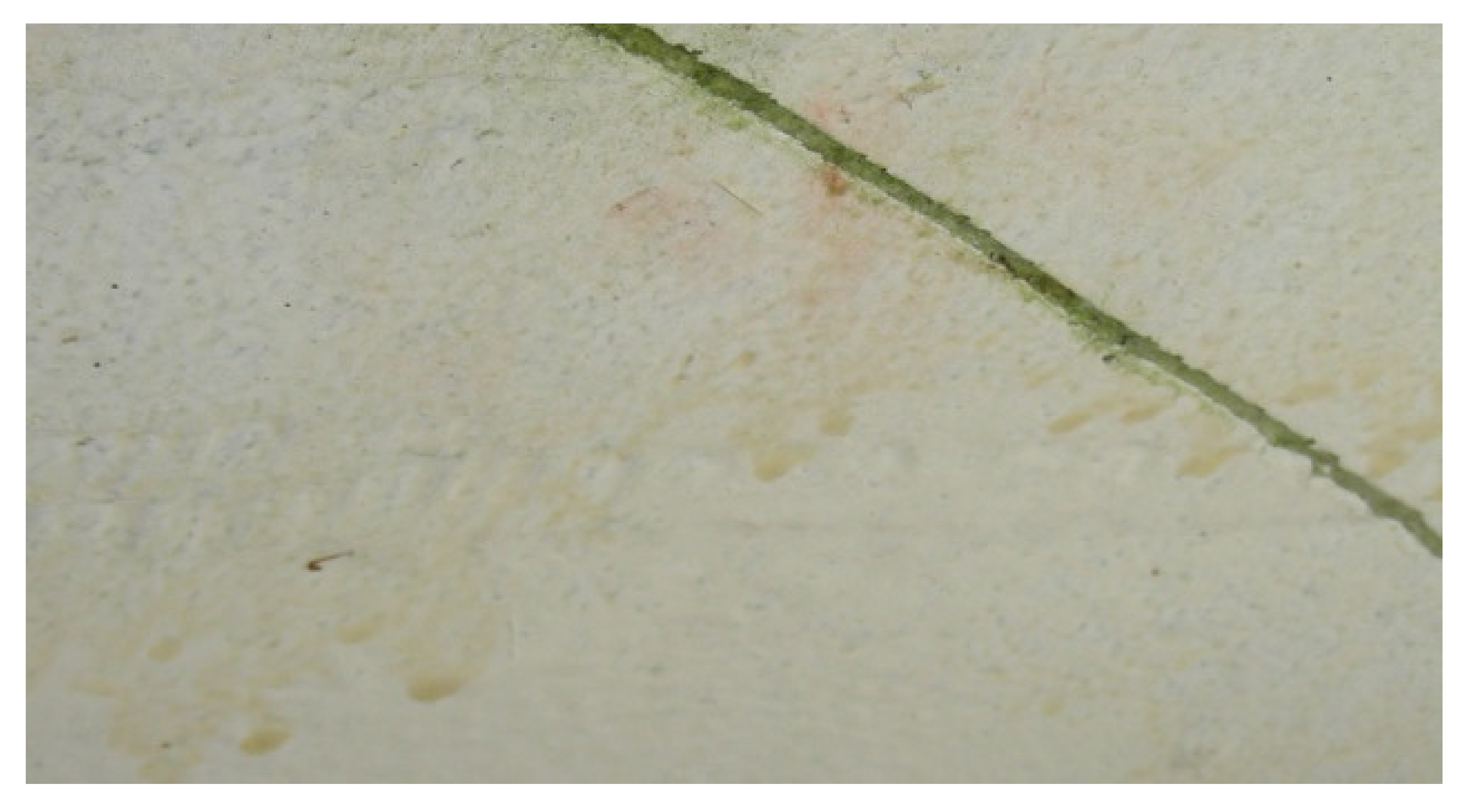
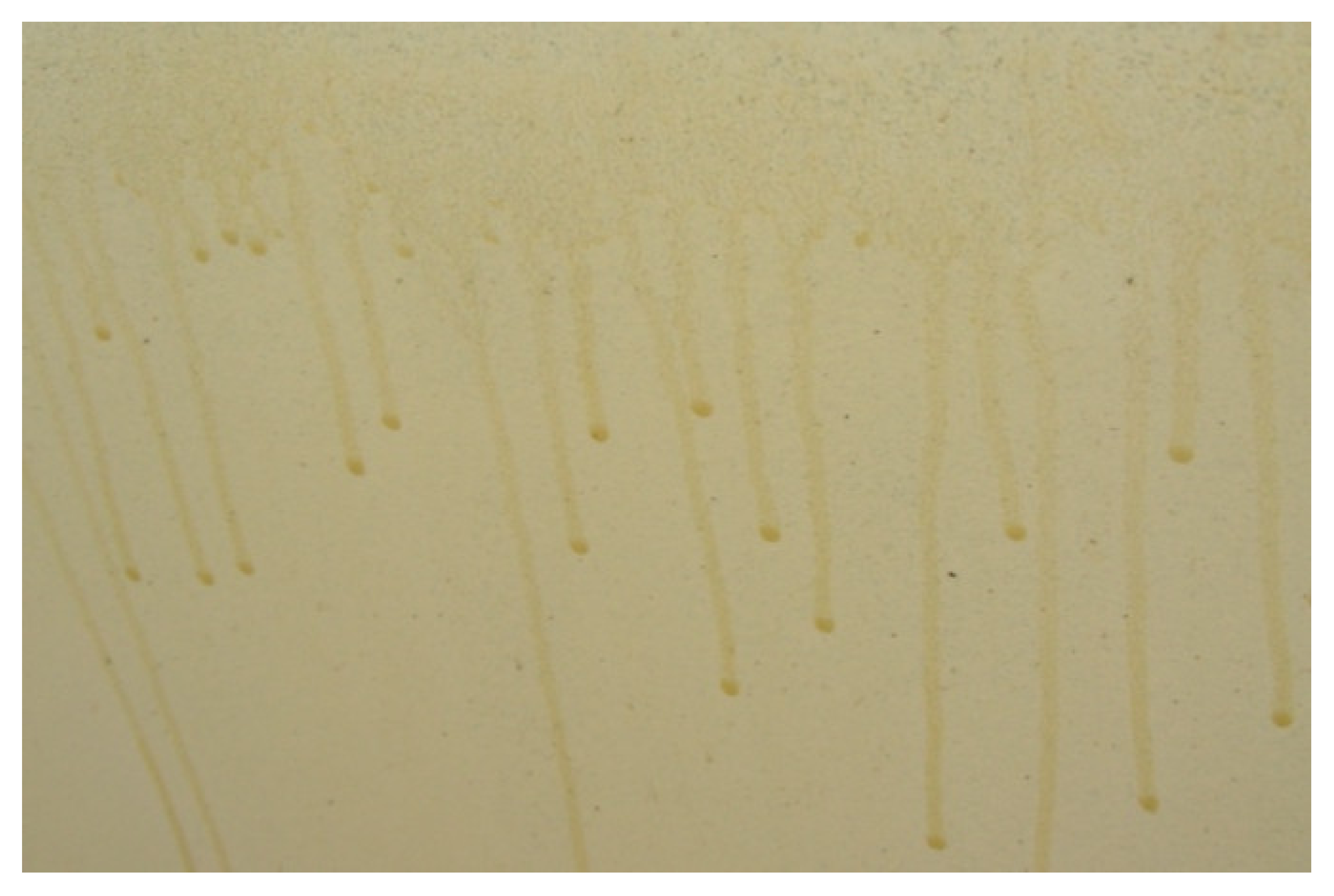

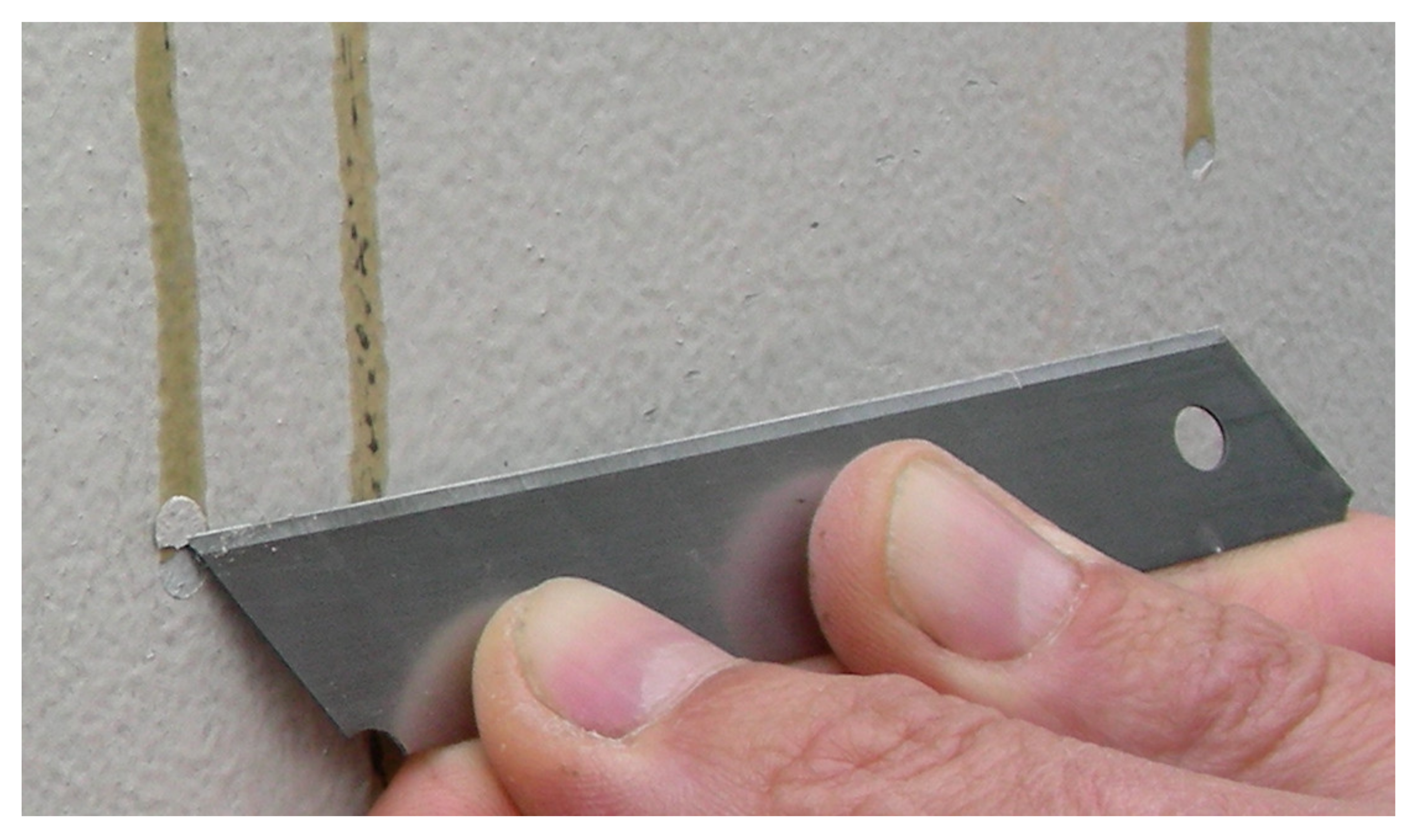
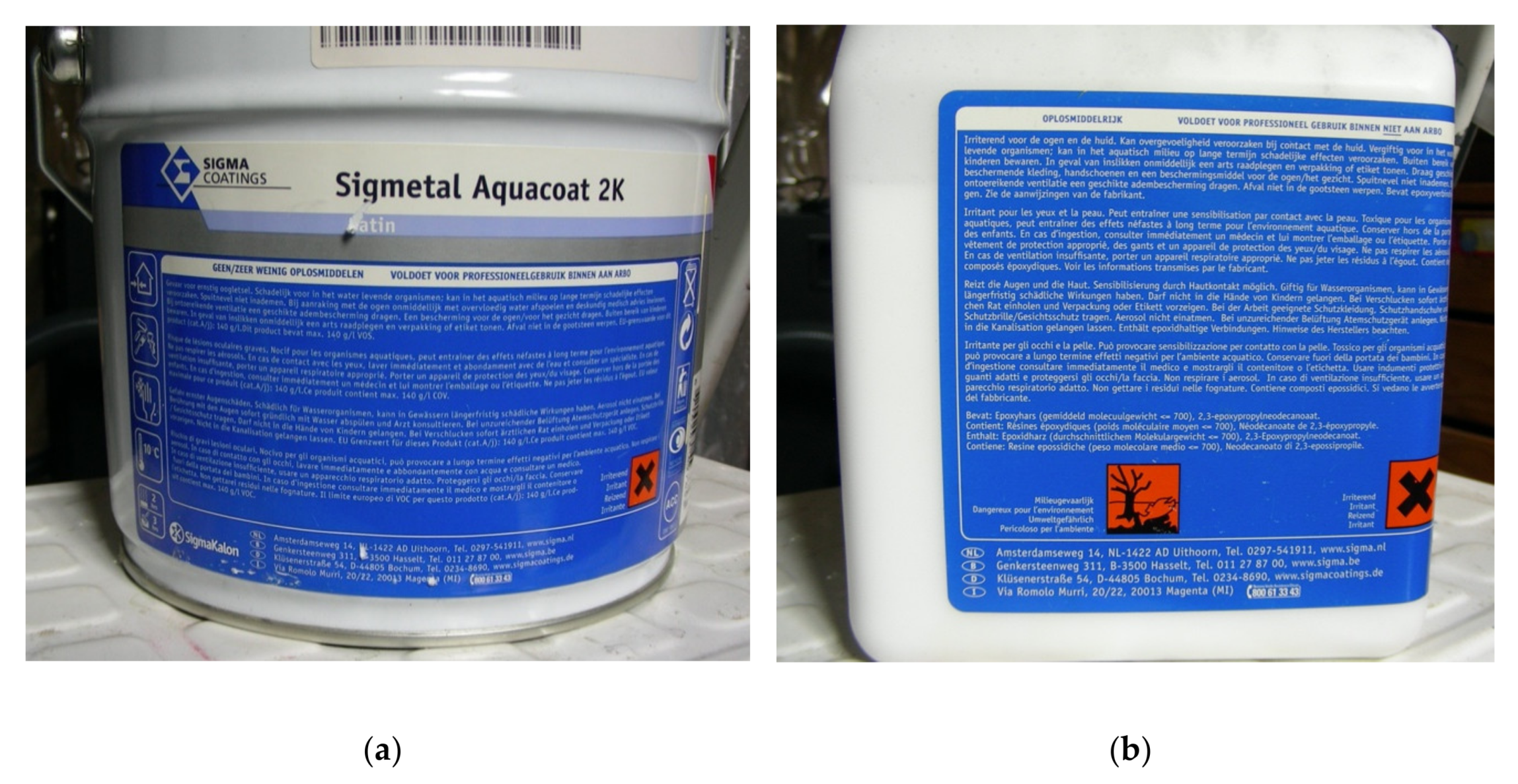
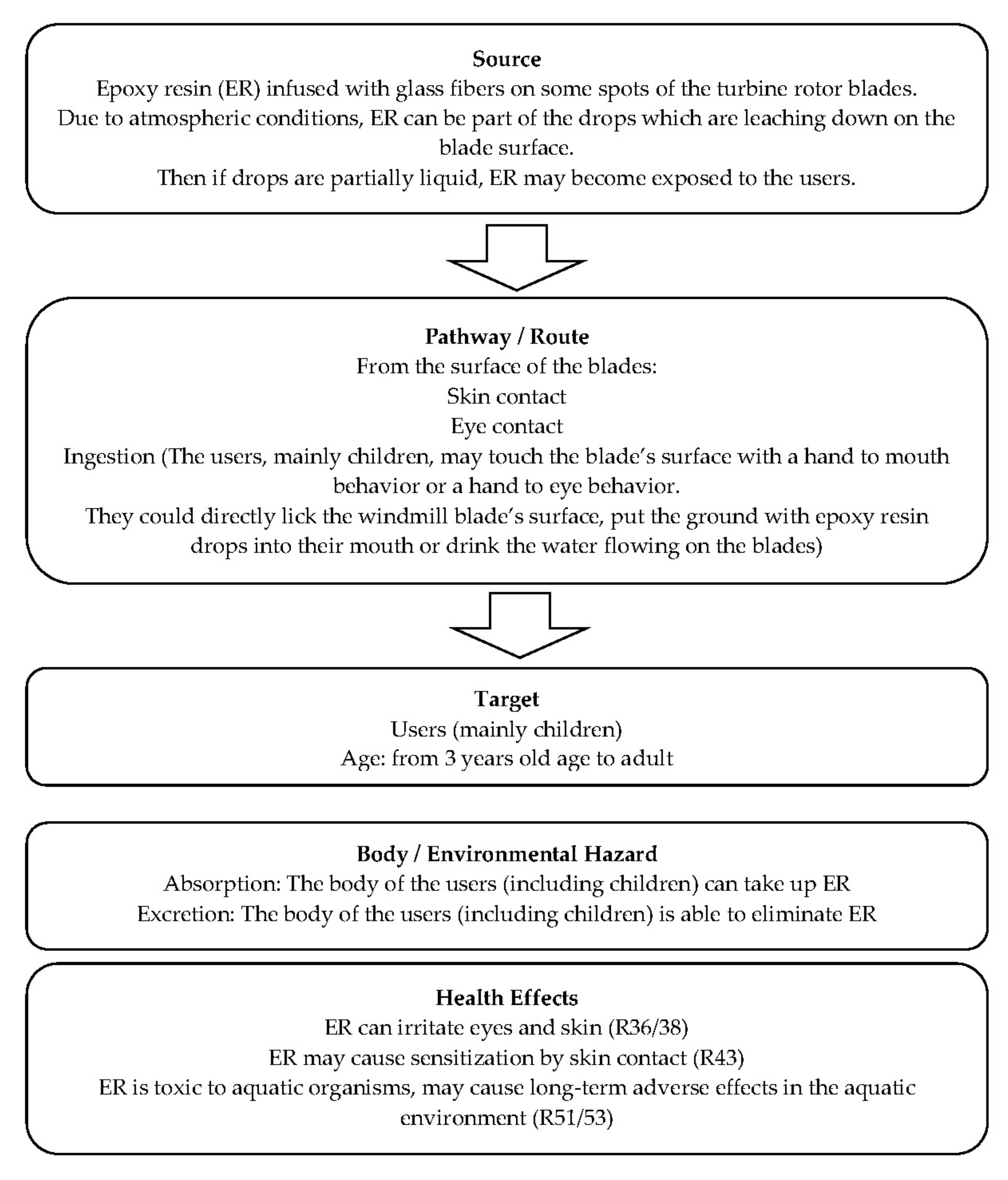
| Date | Event |
|---|---|
| 2008 | Opening of the playground and application of the first external layer of paint by the caretaker |
| 2009 | Application of the second external layer of paint by the caretaker |
| 2011, July 21st | Inspection of the playground by Piero Medici, the caretaker |
| 2011, July 25th | Inspection of the playground by Piero Medici, the caretaker, Maropol |
| 2011, August 25th | Inspection of the playground by Piero Medici, the caretaker, Maropol, Cornet Groep |
| 2011, September 21st | Inspection of the playground by the caretaker, Cornet Groep, Luijten vvz |
| 2012 | Application of a new external layer of primer and paint |
© 2020 by the authors. Licensee MDPI, Basel, Switzerland. This article is an open access article distributed under the terms and conditions of the Creative Commons Attribution (CC BY) license (http://creativecommons.org/licenses/by/4.0/).
Share and Cite
Medici, P.; van den Dobbelsteen, A.; Peck, D. Safety and Health Concerns for the Users of a Playground, Built with Reused Rotor Blades from a Dismantled Wind Turbine. Sustainability 2020, 12, 3626. https://doi.org/10.3390/su12093626
Medici P, van den Dobbelsteen A, Peck D. Safety and Health Concerns for the Users of a Playground, Built with Reused Rotor Blades from a Dismantled Wind Turbine. Sustainability. 2020; 12(9):3626. https://doi.org/10.3390/su12093626
Chicago/Turabian StyleMedici, Piero, Andy van den Dobbelsteen, and David Peck. 2020. "Safety and Health Concerns for the Users of a Playground, Built with Reused Rotor Blades from a Dismantled Wind Turbine" Sustainability 12, no. 9: 3626. https://doi.org/10.3390/su12093626
APA StyleMedici, P., van den Dobbelsteen, A., & Peck, D. (2020). Safety and Health Concerns for the Users of a Playground, Built with Reused Rotor Blades from a Dismantled Wind Turbine. Sustainability, 12(9), 3626. https://doi.org/10.3390/su12093626





